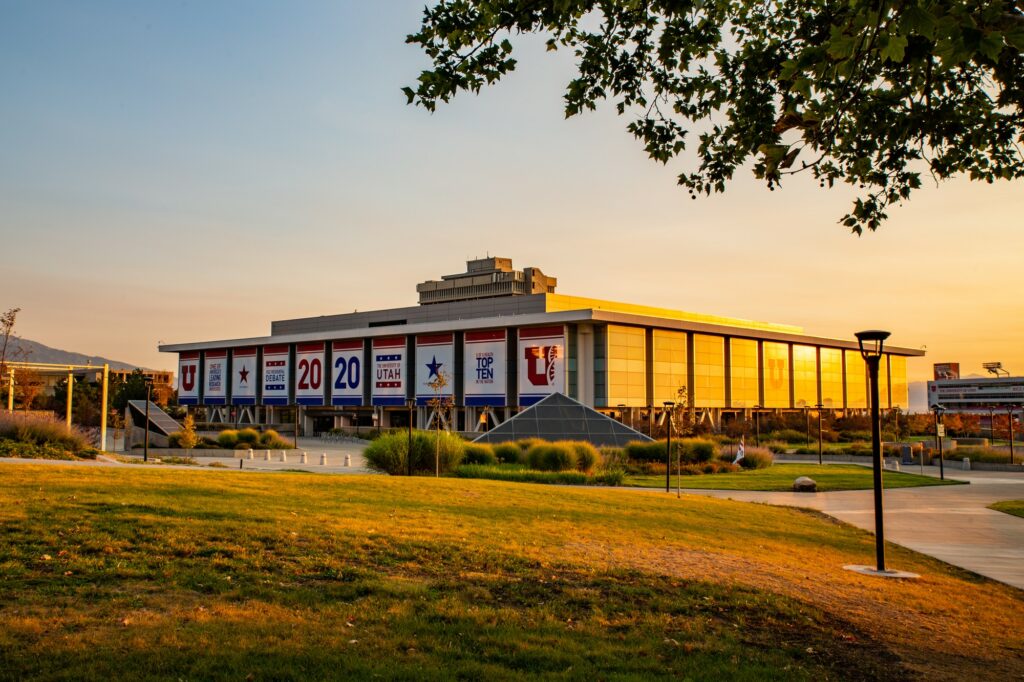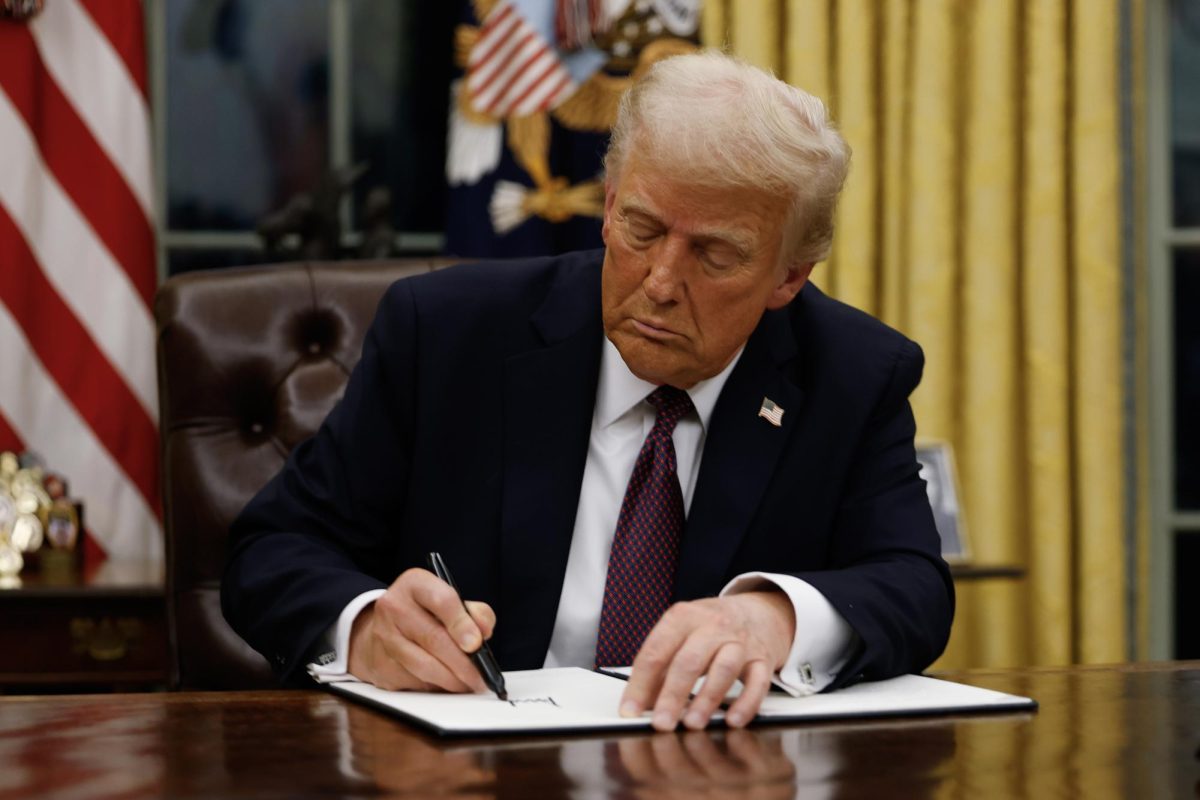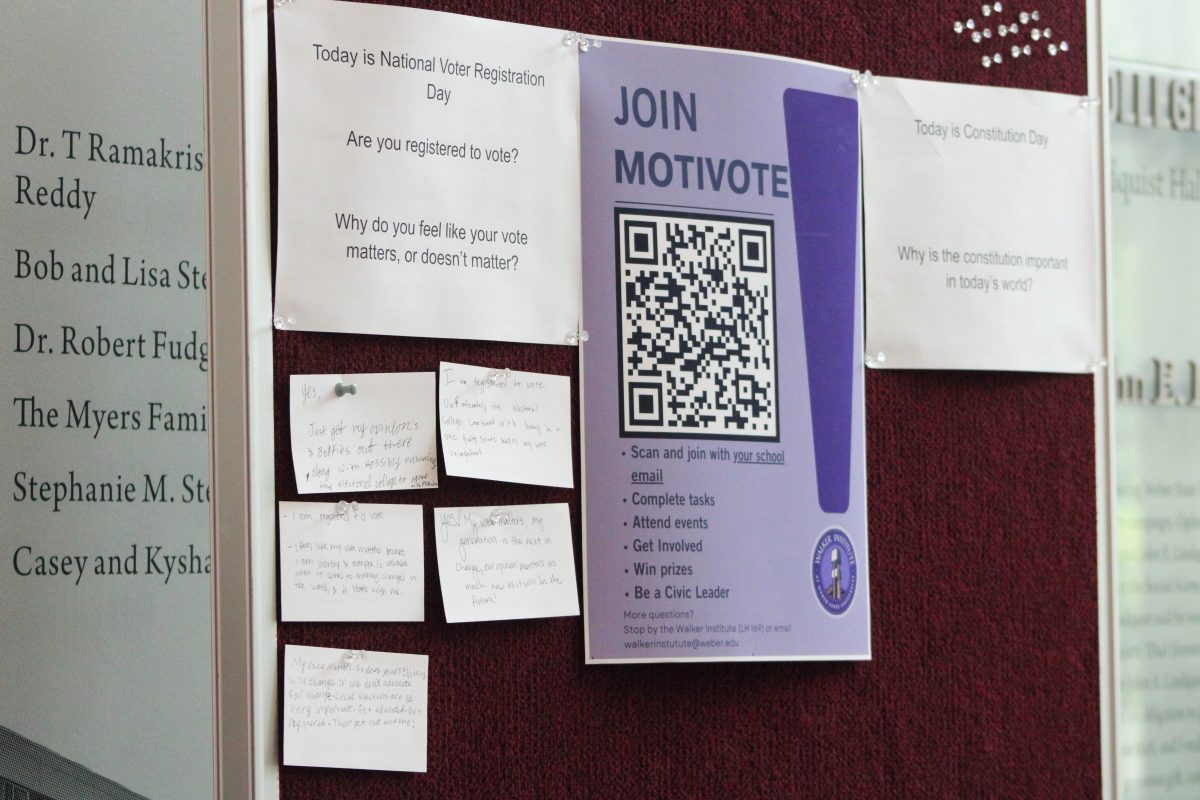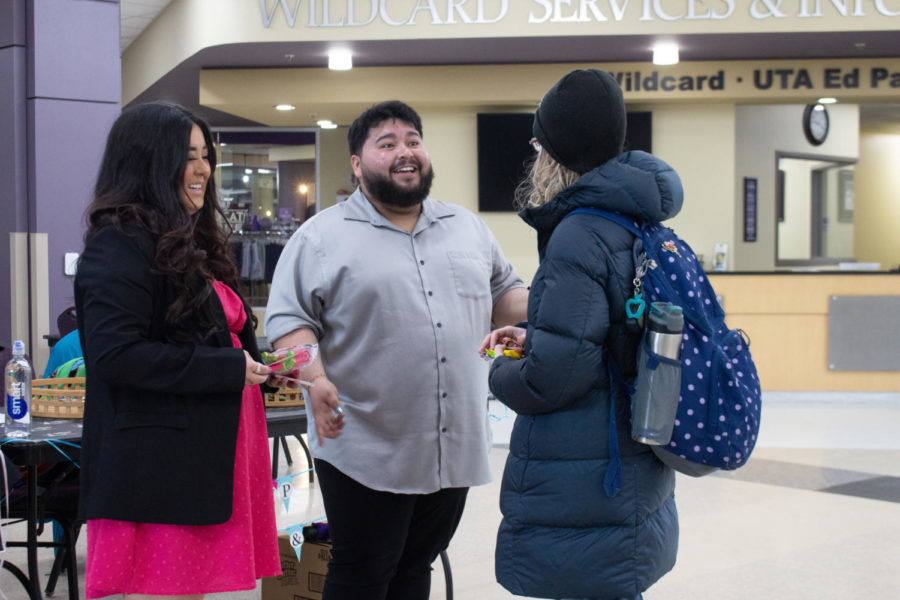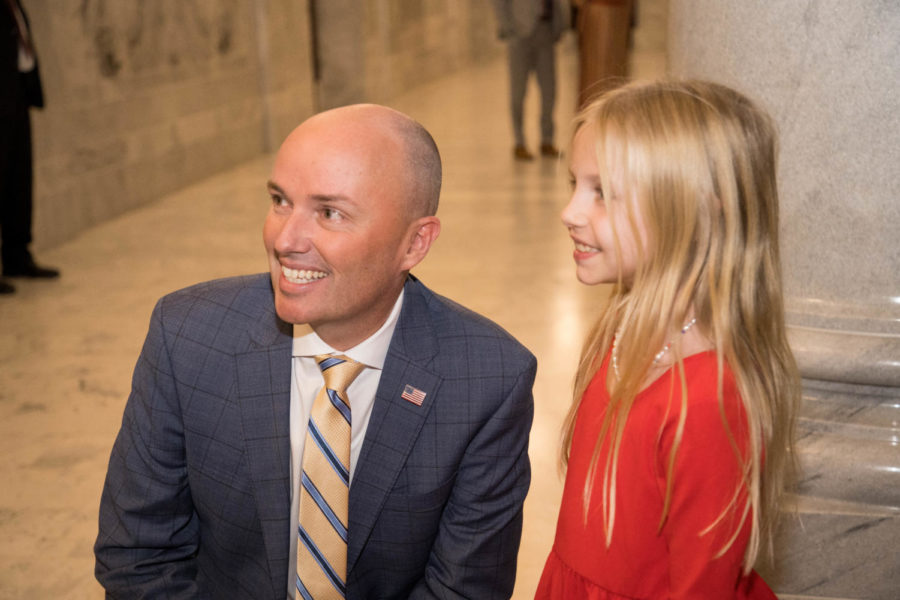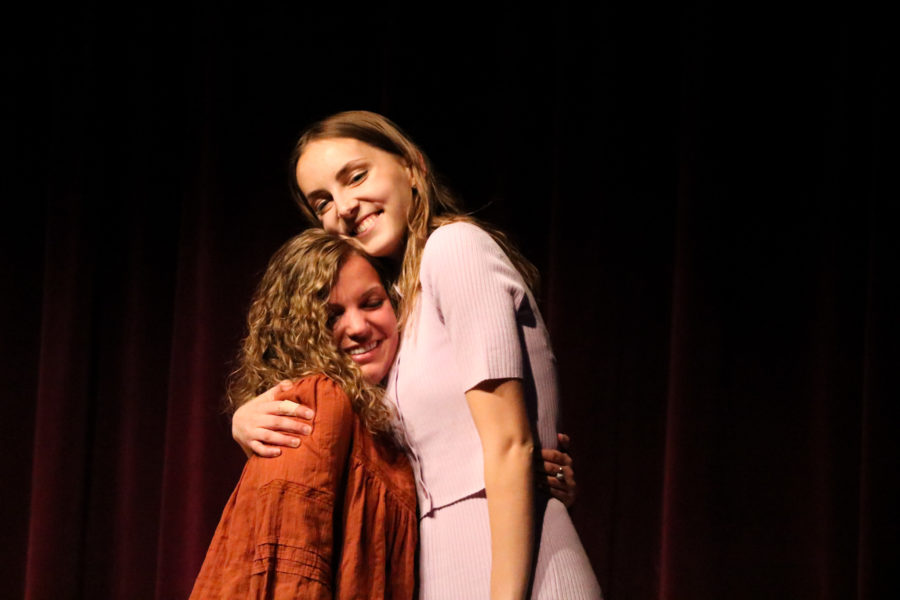While events in 2020 continue to grow more and more uncertain, the vice presidential debate is shaping up for its arrival on Oct. 7 at 7 p.m. MDT. After President Donald Trump announced he had tested positive for COVID-19 on Oct. 2, the viability of holding the debates, including the VP debate, came into question.
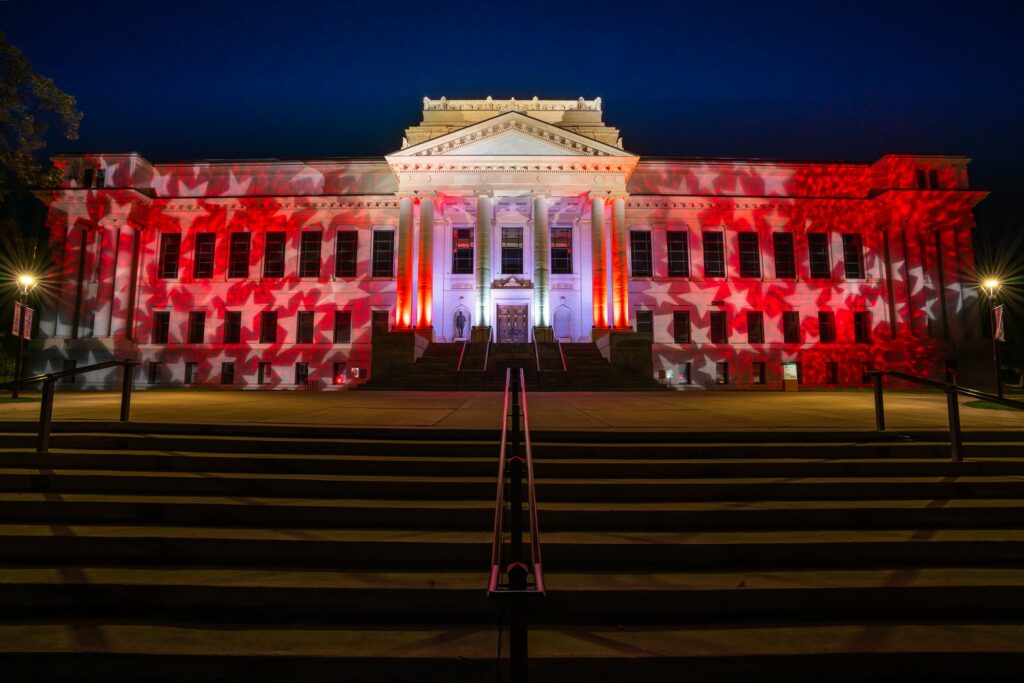
However, according to CBS, Vice President Mike Pence has once again tested negative on the eve of the debate, which is being held on the University of Utah’s campus.
Shawn Wood, community liaison and communications specialist at the University of Utah, said the university was still ready to host the debate.
“If the Commission on Presidential Debates makes changes to the format, the University of Utah will be ready to adapt,” Wood said.
The CPD is a nonprofit, nonpartisan organization that states as its primary mission to hold general election debates every four years. The CPD receives no funding by the government or political party.
The VP debate is one of the four debates that CPD has a hand in and the only VP debate held during 2020.
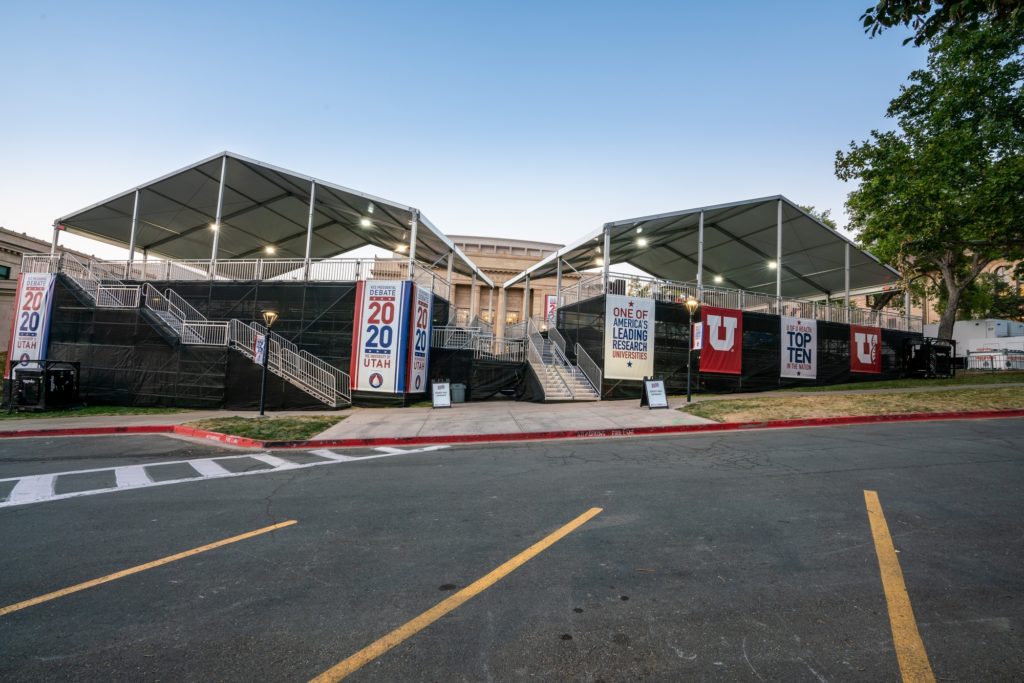
Pence and Senator Kamala Harris will be seated 12 feet and 3 inches apart from one another and divided with plexiglass, according to Peter Eyre, senior adviser for the CPD. The moderator, Susan Page, Washington Bureau Chief of USA Today, will also be seated 12 feet and 3 inches from the candidates.
Both candidates and Page will not shake hands nor be near each other. The three will also remain unmasked for the duration of the 90-minute debate.
Eyre explained how the moderators for the debates are chosen. All moderators are chosen several weeks before the general election debates. There are three qualifications that the moderator candidates must have in order to be chosen.
First, the moderator must have a deep familiarity with the candidates and major issues surrounding and influencing the presidential campaigns. Second, moderators must have extensive experience in live television broadcast news. Finally, the moderator needs to have an understanding that the debate should place the focus and time on the candidates and their views.
The debate format for the vice presidential debate is similar to the debate format of the Sept. 29 presidential debate. The VP debate will be 90 minutes long. Unlike the presidential debate, there are nine, ten-minute sections of the debate instead of the six, 15-minute sections seen in the first presidential debate.
Each of the nine sections will focus on a different topic and question selected by Page and has not been provided to the CPD or either campaign.
Page will ask the question to the candidates and each candidate will be provided with two uninterrupted minutes of time to respond to the question. The rest of the time will be for discussion and is divided fairly between the two candidates. Page will also have the option to extend the time to give approximately equal time to both candidates or focus on one topic on a deeper level.
Eyre spoke about the special considerations for the health and safety for the debates CPD arranged during the COVID-19 crisis as opposed to every other year.
A team of medical, scientific, education and security experts meet with the commission on a regular basis. The team has focused on those who will be in and around the facilities during the 2020 general election debates.
The Cleveland Clinic is serving as a health security advisor for all four debates this year. The protocols are tailored to each debate and the four different sites.
Masks will be required for those in and around the debate area. Anyone not wearing a mask will be escorted out by security.
